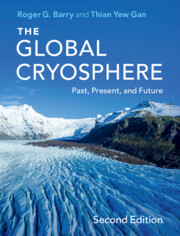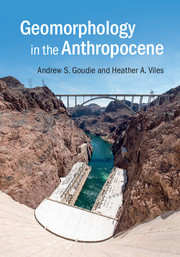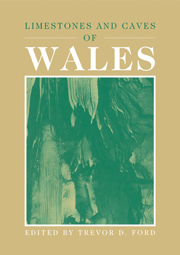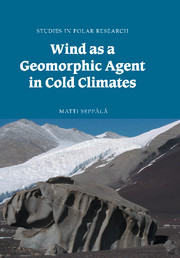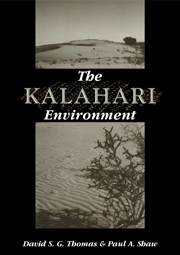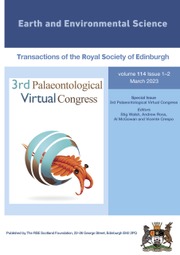The Global Cryosphere
Recent studies indicate that - due to climate change - the Earth is undergoing rapid changes in all cryospheric components, including polar sea ice shrinkage, mountain glacier recession, thawing permafrost, and diminishing snow cover. This book provides a comprehensive summary of all components of the Earth's cryosphere, reviewing their history, physical and chemical characteristics, geographical distributions, and projected future states. This new edition has been completely updated throughout, and provides state-of-the-art data from GlobSnow-2 CRYOSAT, ICESAT, and GRACE. It includes a comprehensive summary of cryospheric changes in land ice, permafrost, freshwater ice, sea ice, and ice sheets. It discusses the models developed to understand cryosphere processes and predict future changes, including those based on remote sensing, field campaigns, and long-term ground observations. Boasting an extensive bibliography, over 120 figures, and end-of-chapter review questions, it is an ideal resource for students and researchers of the cryosphere.
- Whilst there are many existing texts on individual components of the cryosphere, no other textbook provides an account of the whole cryosphere including all forms of snow and ice, both terrestrial and marine
- A comprehensive review and synoptic perspective of the Earth's cold regions, providing a deeper understanding of processes, dynamics, and past and future changes
- Each chapter starts with historical background; important information about processes and the present state, and future potential changes.
Product details
April 2022Adobe eBook Reader
9781108806701
0 pages
This ISBN is for an eBook version which is distributed on our behalf by a third party.
Table of Contents
- Preface
- Acknowledgements
- 1. Introduction
- Part I. The Terrestrial Cryosphere:
- 2A. Snowfall and Snow Cover
- 2B. Avalanches
- 3. Glaciers and Ice Caps
- 4. Ice Sheets
- 5. Frozen Ground and Permafrost
- 6. Freshwater Ice: Lakes, Rivers and Icings
- Part II. The Marine Cryosphere:
- 7. Sea Ice
- 8. Ice Shelves and Icebergs
- Part III. The Cryosphere Past and Future:
- 9. The Cryosphere in the Past
- 10. The Future Cryosphere – Impacts of Global Warming
- Part IV. Applications:
- 11. Applications of Snow and Ice Research
- Glossary
- References
- Index.

